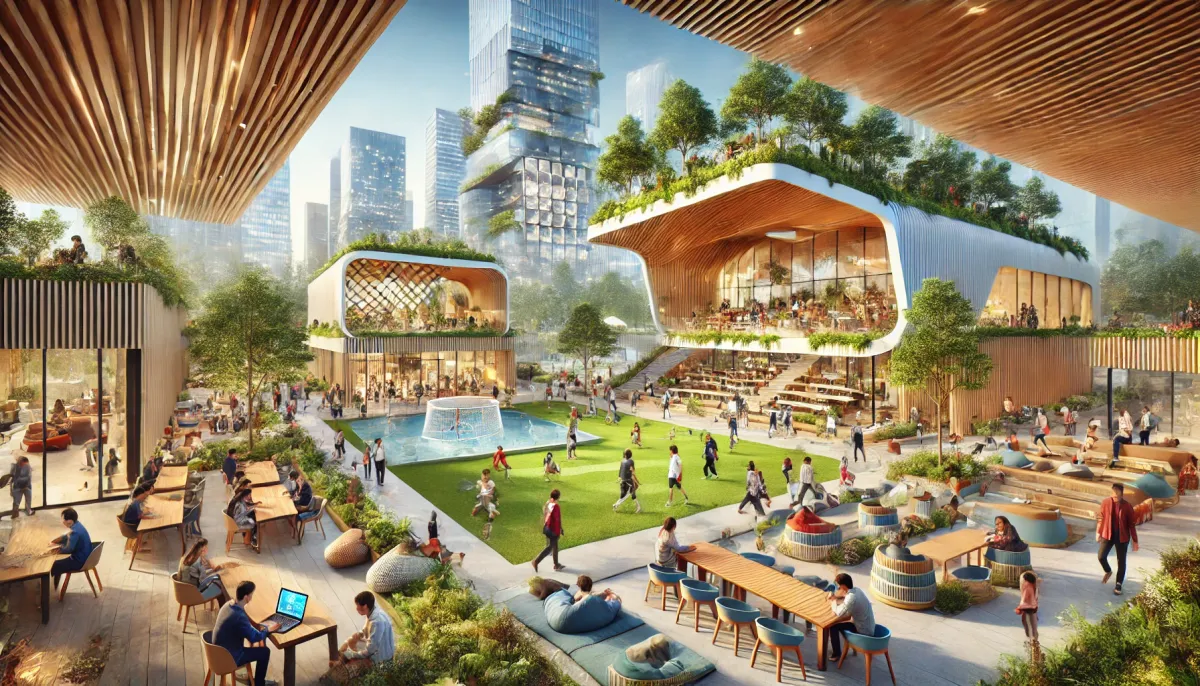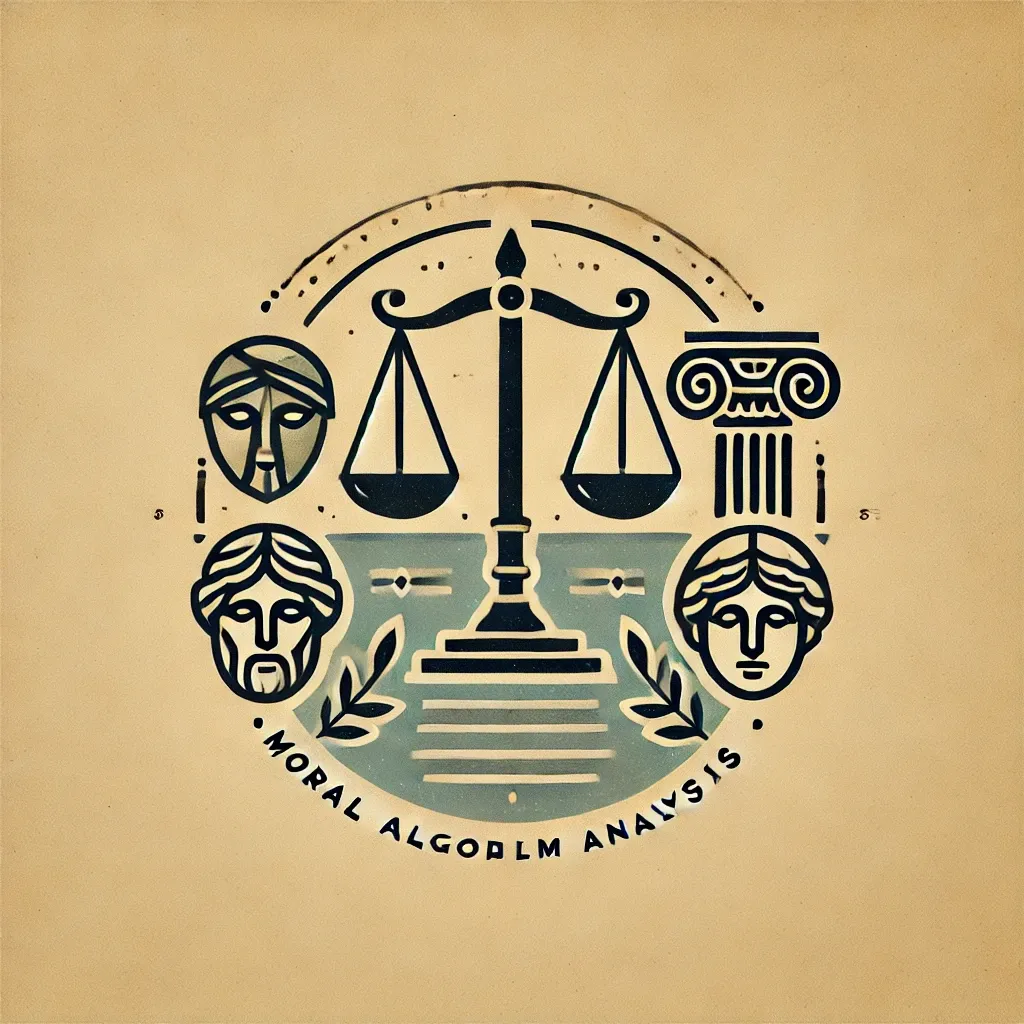Reinventing Fourth Places
The decline of civic and social engagement in modern society is intricately tied to the loss of what sociologists call "fourth places."

The Loss of Fourth Places in Societies and Its Impact on Civic Engagement
The decline of civic and social engagement in modern society is intricately tied to the loss of what sociologists call "fourth places." These are informal public spaces where people gather outside of home (first place), work (second place), and more formalized social venues like religious institutions (third place). Fourth places include community halls, union meetings, local clubs, and even bowling leagues. Their absence has fundamentally altered the way communities function, leaving a vacuum in social and political participation, particularly among working-class Americans.
The Role of Fourth Places in Civic Life
Historically, fourth places served as hubs of grassroots democracy. In the 1950s, unions, local lodges like the Elks, and organizations such as the NAACP or League of Women Voters were central to community life. These groups weren’t just social clubs; they were engines of political action. Members met face-to-face, debated issues, and collectively shaped strategies to advocate for their communities. For example, the Montgomery Bus Boycott was not an isolated act of bravery by Rosa Parks but a carefully coordinated effort by a community organization.
Fourth places turned average people into active participants in the political process. Workers who spent their days as welders or assembly-line operators would spend their evenings running union meetings or planning advocacy campaigns. These spaces not only fostered social cohesion but also created platforms for political and economic empowerment.
The Erosion of Fourth Places
Several factors have contributed to the decline of fourth places. First, the rise of new communication technologies like direct mail, cheap phone calls, and, later, the internet made it easier for organizations to centralize operations. Rather than organizing local chapters, political parties and civic organizations began relying on top-down communication strategies, treating members more as customers or donors than as participants.
Second, economic pressures have disproportionately impacted working-class Americans. Today, many people need to work multiple jobs just to make ends meet, leaving little time or energy for participation in community groups. In the 1950s, one-third of American workers were union members; today, that number has fallen to about 10%. This decline not only reflects the weakening of labor protections but also the loss of social spaces where workers could collectively organize.
Lastly, targeted attacks on unions and other civic organizations by corporate-backed political movements have further dismantled fourth places. “Right-to-work” laws and similar policies have eroded the power of unions, one of the most significant fourth places for working-class Americans.
Consequences of Losing Fourth Places
The erosion of fourth places has profoundly affected society. Civic and political participation has become a luxury rather than a norm, with college-educated Americans now more likely than working-class individuals to join community groups or unions. This shift exacerbates feelings of alienation and loneliness, as fewer people experience the collective solidarity that fourth places once provided.
The decline in fourth places has also changed the way politics functions. Without grassroots engagement, political parties have become increasingly transactional. Campaign strategies now focus on raising money from urban elites and spending it on TV ads and text-message campaigns in swing states. This top-down approach alienates voters who feel disconnected from the process. It’s no wonder that working-class Americans, particularly in Rust Belt regions, have swung toward populist movements promising to restore a sense of agency and community.
Recreating Fourth Places with Maker Spaces and Learning Centers
As AI and automation continue to transform the workforce, eliminating many traditional production jobs, there is a pressing need to reinvent the concept of fourth places. These spaces must evolve to address modern challenges, fostering both socialization and productivity. Maker spaces and learning centers offer a compelling vision for revitalizing community engagement and education in this context.
Maker Spaces as Modern Fourth Places
Maker spaces provide collaborative environments where individuals can access tools, materials, and expertise to create and innovate. These spaces could serve as modern fourth places by:
- Fostering Creativity and Collaboration: Maker spaces encourage hands-on learning and group projects, promoting teamwork and the exchange of ideas.
- Building Community: Regular events, workshops, and open hours allow people to connect over shared interests and goals.
- Providing Skills Training: Maker spaces can teach valuable technical skills in areas like 3D printing, robotics, or woodworking, empowering individuals to adapt to a rapidly changing job market.
By combining education with community-building, maker spaces can become hubs of innovation and social interaction, reminiscent of the union halls and community lodges of the past.
Learning Centers for Lifelong Education
In addition to maker spaces, learning centers can help fill the void left by traditional fourth places. These centers could focus on lifelong education, blending individualized AI assistance with communal learning experiences:
- Individualized AI Assistance: AI tutors can provide tailored instruction to learners of all ages, adapting to individual needs and learning styles. This ensures that everyone, from children to retirees, can benefit from personalized education.
- Open-Source Learning: Learning centers could promote the public sharing of knowledge, creating platforms for collaborative projects and free access to educational resources. This approach democratizes education, ensuring that it is accessible to all.
- Group Learning Environments: Workshops, discussion groups, and collaborative problem-solving sessions can help people develop social and teamwork skills while learning new concepts.
How to Start a Fourth Place: A Practical Guide
Recreating fourth places requires careful planning and community involvement. Here’s a step-by-step guide to help you establish a successful modern fourth place:
Planning and Preparation
- Identify a Host Agency: Partner with a school, community center, or local government agency to host the space. This organization will take ownership and provide support.
- Choose a Champion: Find a passionate and respected leader committed to community development and knowledgeable about relevant technologies.
- Secure Funding: Explore diverse funding options, including:
- Public grants
- Private funding and corporate partnerships
- Membership fees (for long-term sustainability)
Setting Up the Space
- Select a Site: Choose an accessible location aligned with the host agency’s mission and convenient for the community.
- Procure Equipment: Work with experienced organizations or foundations to acquire the necessary tools and materials. Plan for an initial investment based on the needs of the community.
- Install and Commission: Design and set up the space, seeking help from experts for optimal layout and functionality.
Building the Community
- Train the Trainers: Educate leaders and volunteers on the use of equipment and best practices for engaging the community.
- Identify Projects: Start with initiatives that address local needs, fostering a sense of ownership and relevance.
- Launch the Space: Host a public event to introduce the community to the new fourth place, highlighting its purpose and offerings.
Ongoing Management
- Create a Schedule: Develop a timetable that balances stakeholder needs with open access for the public.
- Network and Collaborate: Stay connected with similar spaces and networks to share knowledge and resources.
By following these steps, you can create a vibrant fourth place that promotes socialization, innovation, and lifelong learning. These spaces not only address the challenges of modern society but also reconnect individuals with the spirit of community and collective empowerment.
Reimagining Education and Community Engagement
To fully leverage the potential of maker spaces and learning centers, we need to rethink the way education and community engagement are structured. This includes:
- Integrating Technology with Tradition: Combining the best aspects of traditional community gatherings with cutting-edge technology can create dynamic spaces for learning and socialization.
- Promoting Accessibility: Ensuring that these spaces are open to people of all socioeconomic backgrounds is crucial. This might involve subsidized memberships or free access to certain resources.
- Focusing on Local Needs: Tailoring programs and events to the specific needs and interests of the local community ensures relevance and encourages participation.
Conclusion
The decline of fourth places has left a void in American society, eroding not just civic participation but also the sense of community that once defined many neighborhoods. Maker spaces and learning centers represent a path forward, offering opportunities to rebuild social connections and foster lifelong learning. By combining individualized AI assistance with collaborative environments, we can create spaces that not only prepare people for the challenges of the future but also reconnect them with the collective spirit of community life. Revitalizing fourth places in this way can transform politics, education, and society, ensuring that average people regain their rightful place in shaping their communities and futures.
